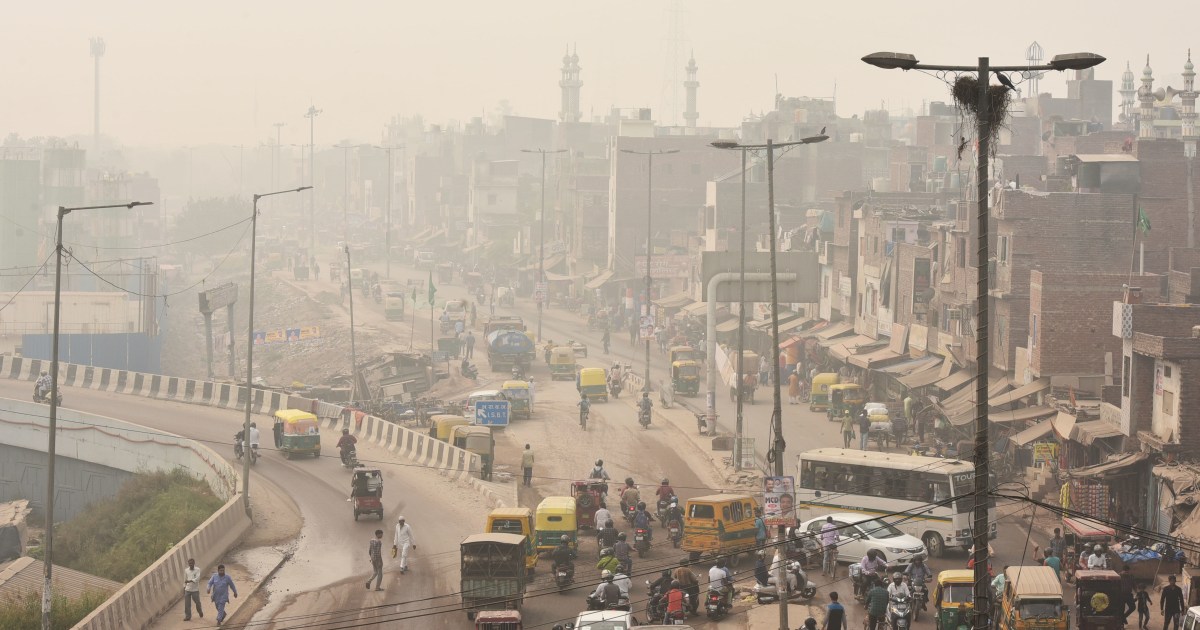Air pollution rate in Delhi
Air pollution in Delhi has been a severe and persistent problem for several years. The city's air quality is known to be one of the worst in the world, with high levels of pollutants such as particulate matter, nitrogen oxides, sulfur dioxide, and carbon monoxide. This situation is exacerbated during the winter months when the city experiences a phenomenon known as a "smog" that results in thick and dense fog-like air pollution. The causes of air pollution in Delhi are numerous and complex, including vehicle emissions, industrial pollution, construction dust, agricultural burning, and waste burning. One of the significant contributors to air pollution in Delhi is vehicular emissions. The city has an enormous number of vehicles on its roads, and these vehicles emit a large amount of pollutants into the air. The older vehicles are often poorly maintained and emit higher levels of harmful pollutants. The government has implemented several measures to address this issue, such as introducing stricter emission norms, mandating the use of compressed natural gas (CNG) in public transport vehicles, and encouraging the adoption of electric vehicles. However, the implementation and enforcement of these measures have been inconsistent.
Another source of air pollution in Delhi is industrial pollution. The city has several large industrial areas that emit pollutants into the air. These industries often use outdated technology and have inadequate pollution control measures in place. The government has implemented regulations to curb industrial pollution, but the enforcement of these regulations is often lax.Construction dust is another significant contributor to air pollution in Delhi. The city has numerous construction sites, and the dust generated from these sites contributes to the levels of particulate matter in the air. The government has implemented guidelines for controlling construction dust, but these guidelines are often ignored. Agricultural burning is another source of air pollution in Delhi. During the winter months, farmers in neighboring states burn crop residues in their fields to clear them for the next crop cycle. The smoke from these fires drifts into Delhi and contributes to the city's air pollution. The government has implemented several measures to address this issue, such as providing incentives to farmers for using alternative methods to clear their fields. However, the implementation of these measures has been slow, and agricultural burning remains a significant contributor to air pollution in Delhi. Waste burning is also a significant contributor to air pollution in Delhi. The city generates a vast amount of waste, and a significant portion of this waste is burned in open dumps or landfills, releasing harmful pollutants into the air. The government has implemented several measures to address this issue, such as mandating the segregation of waste at the source and the construction of waste-to-energy plants. However, the implementation of these measures has been slow, and waste burning remains a significant contributor to air pollution in Delhi.
The consequences of air pollution in Delhi are severe and far-reaching. Air pollution has been linked to several health problems, including respiratory illnesses, cardiovascular diseases, and cancer. The poor air quality in the city has also been linked to a decline in cognitive function and an increase in depression and anxiety. Air pollution also has a significant impact on the environment, contributing to climate change and harming the city's flora and fauna. In conclusion, air pollution in Delhi is a severe and persistent problem that requires urgent action. The causes of air pollution in the city are numerous and complex, and addressing this issue will require a multi-pronged approach. The government must take bold and decisive action to reduce vehicular emissions, control industrial pollution, and address the issues of construction dust, agricultural burning, and waste burning. The citizens of Delhi also have a role to play in reducing air pollution by adopting sustainable practices such as using public transport, reducing energy consumption, and properly disposing of waste. It is only through collective action and sustained efforts that we can hope to improve the air quality in Delhi and protect the health and well.






Social Plugin